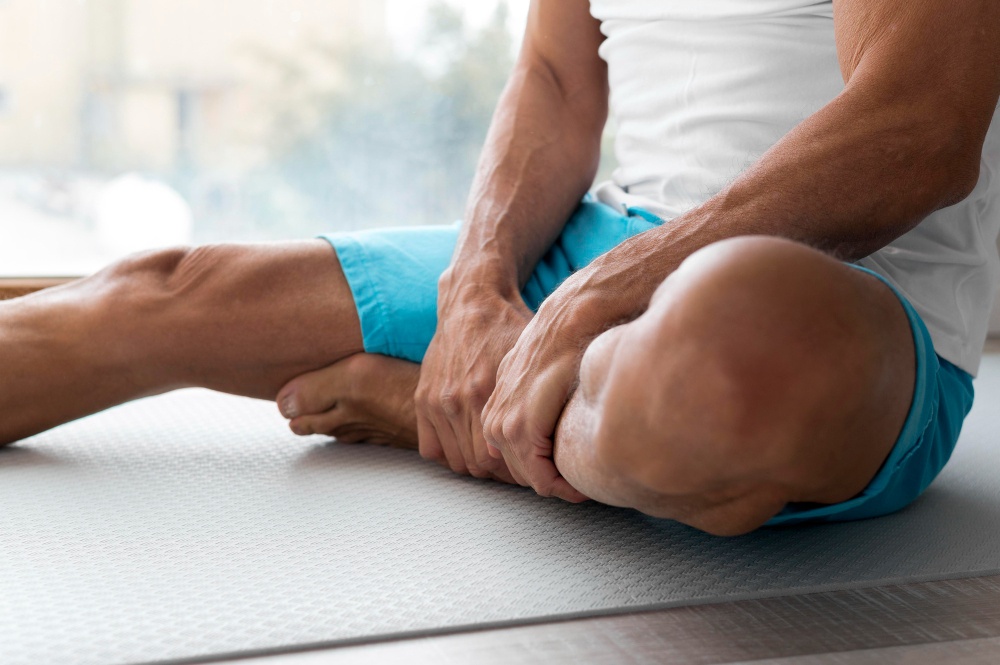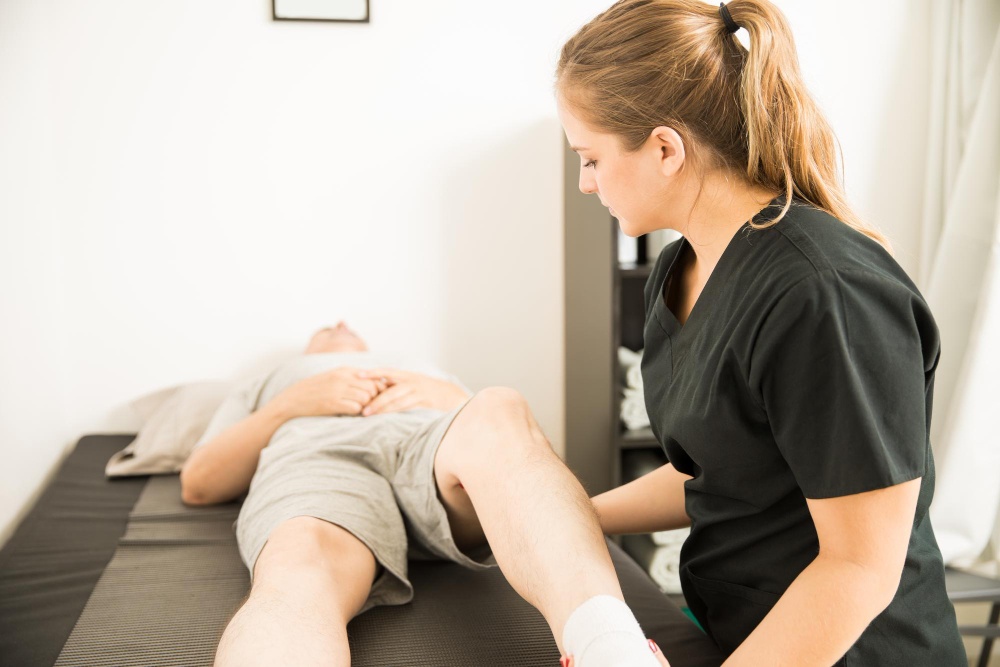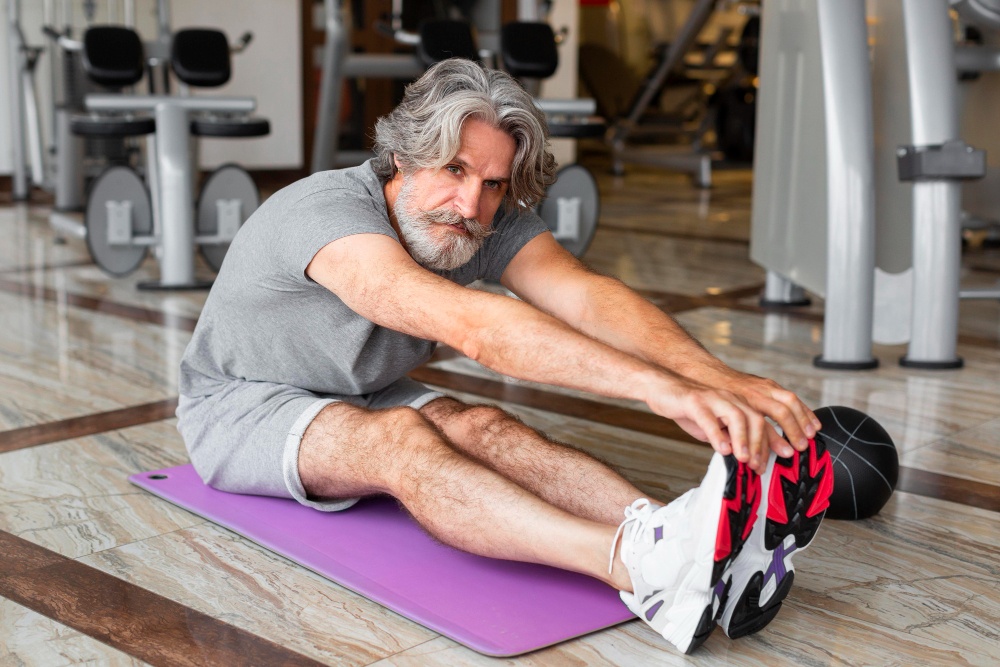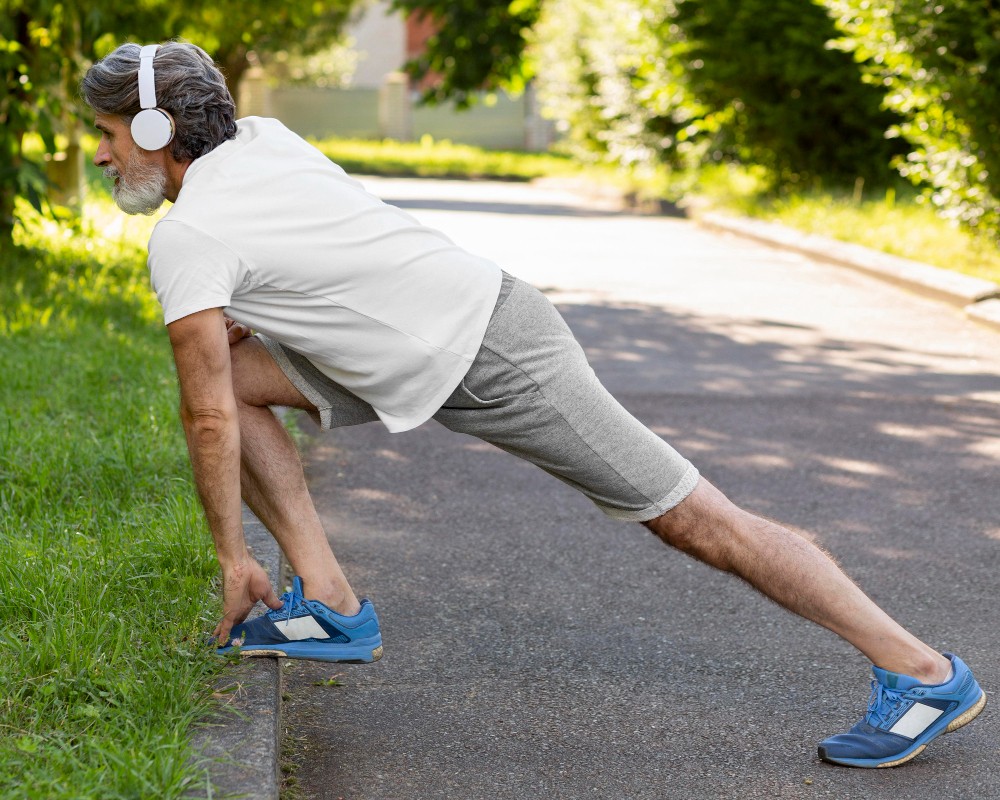Synovial Fluid in Joint Function

Your knees are built for movement, and one of the key reasons they can glide smoothly and pain‑free is because of synovial fluid. This thick, gel‑like substance fills the small space between the bones where your thighbone, shinbone, and kneecap meet. It acts like a natural lubricant inside the joint, helping everything move with less friction.
Synovial fluid is produced by the synovial membrane, a soft tissue lining that surrounds the joint capsule. In addition to lubrication, this fluid also carries oxygen and nutrients to the cartilage, the smooth tissue that covers and protects the ends of your bones.
Since cartilage does not have its own blood supply, synovial fluid is essential for keeping it healthy and functioning. Without it, joint movement becomes stiff, dry, and painful. In knees affected by arthritis, treatments such as hyaluronic acid injections (also called rooster‑comb injections) aim to restore lubrication and improve movement.
What synovial fluid does for your knees:
- Lubricates cartilage to prevent grinding and wear
- Cushions joints by absorbing shock
- Delivers nutrients to cartilage cells
- Removes waste from joint tissues
- Helps maintain smooth, pain-free movement
As we age or develop conditions like osteoarthritis, synovial fluid can become thinner or more acidic. It may contain more inflammatory markers that damage joint tissue instead of protecting it. In some cases, fluid levels increase too much, leading to swelling and pressure inside the knee. These changes can make everyday movements feel stiff, sore, or unstable.
When synovial fluid is healthy, your knees feel flexible and stable. But when arthritis, injury, or inflammation affects its quality or amount, you may notice stiffness, swelling, or pain. Without enough lubrication, cartilage breaks down more quickly, leading to joint damage over time.
Understanding how synovial fluid works is an important step in protecting your knees and managing arthritis symptoms early.
How Synovial Fluid Protects Your Knees
Synovial fluid performs several essential functions:
- Lubrication: The fluid coats cartilage surfaces, allowing bones to glide smoothly against each other with minimal friction.
- Shock absorption: Its gel‑like viscosity cushions joints against impacts and sudden movements.
- Nutrient transport: Cartilage is avascular, so nutrients and oxygen are delivered via synovial fluid; waste products are carried away through the same fluid.
- Non‑Newtonian behavior: Synovial fluid becomes thinner under quick movements, allowing smooth motion, and thicker under slow or weight‑bearing conditions, providing more cushioning.
These properties enable your knees to handle heavy loads and varied movements throughout the day.
Conditions That Affect Synovial Fluid

Osteoarthritis
In osteoarthritis, cartilage wears down and inflammatory chemicals accumulate in the joint. The synovial membrane responds by making more synovial fluid, but the fluid often becomes thinner and less effective.
Crystals of basic calcium phosphate may form in the fluid, promoting further inflammation and cartilage destruction. The joint capsule may swell, causing visible puffiness and restricting movement.
Rheumatoid Arthritis
This autoimmune disease causes the synovial membrane to thicken and produce large amounts of inflammatory fluid. The fluid contains immune cells that attack cartilage and bone, leading to severe pain and joint deformity if untreated.
Gout and Pseudogout
High levels of uric acid in the blood can lead to urate crystals forming in the joint fluid, causing sudden, severe pain and swelling. Pseudogout involves calcium pyrophosphate crystals. These conditions may be diagnosed through synovial fluid analysis.
Injury or Infection
Trauma can introduce blood or debris into the joint, thickening the fluid and provoking inflammation. Septic arthritis, a joint infection, causes synovial fluid to become cloudy and pus‑filled, requiring urgent treatment.
Synovial Fluid Analysis
When a joint is swollen or painful, doctors may perform arthrocentesis—aspirating a sample of synovial fluid using a needle. The sample is analyzed for color, clarity, white blood cell count, crystals and bacteria. This helps diagnose conditions like gout, pseudogout, infection or inflammatory arthritis.
Removing excess fluid during aspiration can also provide immediate pain relief by reducing pressure inside the joint.
Supporting Synovial Fluid Health Naturally

Exercise
Movement stimulates the synovial membrane to produce fluid and helps circulate the existing fluid within the joint. Low‑impact activities like walking, cycling and swimming encourage lubrication and nourish cartilage. Strengthening the muscles around the knee reduces joint stress and supports fluid health.
Hydration and Diet
Staying well hydrated supports overall joint health. Water makes up much of synovial fluid, so adequate intake helps maintain its volume. A diet rich in omega‑3 fatty acids (found in fatty fish, flaxseeds and walnuts), antioxidants (berries, leafy greens) and vitamins C and E may reduce inflammation.
Limiting highly processed or high‑fat foods helps keep inflammation in check; high‑fat diets have been shown to increase inflammatory markers within synovial fluid.
Stretching and Strengthening
Maintaining flexibility through regular stretching prevents stiffness and encourages fluid movement. Strengthening the quadriceps, hamstrings and hip muscles distributes forces evenly across the knee and reduces wear on cartilage.
Medical Therapies to Enhance Joint Lubrication
Viscosupplementation
This treatment involves injecting hyaluronic acid into the knee. Hyaluronic acid supplements the joint’s natural fluid, improving its lubricating and shock‑absorbing properties. Although viscosupplementation does not increase the amount of synovial fluid, it can reduce pain and improve function in people with mild to moderate osteoarthritis.
Platelet‑Rich Plasma (PRP) Therapy
PRP therapy uses a concentration of your own platelets to promote healing and reduce inflammation. Studies suggest PRP may be as effective as hyaluronic acid injections in improving osteoarthritis symptoms. It appears to reduce inflammatory markers and stimulate natural repair processes.
Anti‑Inflammatory Medications
Over‑the‑counter NSAIDs or prescribed medications can reduce inflammation within the synovial membrane, easing pain and swelling. Always follow your doctor’s advice when using these medications.
Disease‑Modifying Treatments
In conditions like rheumatoid arthritis or gout, specific medications are required to control the underlying disease. Treating the disease often restores synovial fluid health and reduces joint damage.
Supplements and Alternative Approaches
- Glucosamine and chondroitin: These supplements are popular for joint health. Some people find relief, though research results are mixed.
- Turmeric (curcumin): Contains anti‑inflammatory compounds that may alleviate joint pain.
- Fish oil: Rich in omega‑3 fatty acids, it may help lower inflammation.
Always consult a healthcare provider before starting any supplement, especially if you take other medications.
When to See a Doctor
Seek medical evaluation if you experience:
- Persistent knee swelling or warmth
- Sharp pain not relieved by rest or over‑the‑counter medication
- Sudden onset of redness and extreme tenderness
- Recurrent swelling with unknown cause
These signs may indicate infection, gout or severe inflammation that requires prompt treatment.
Keep Your Knees Moving Comfortably

Healthy synovial fluid keeps your knees flexible, cushioned, and pain-free. But when arthritis or inflammation disrupts this natural lubricant, movement becomes more difficult. Supporting joint health through exercise, nutrition, and weight control can help maintain fluid quality.
If you’re experiencing knee pain, stiffness, or swelling, non-surgical treatments like viscosupplementation and PRP therapy may help restore joint comfort. Schedule a no-charge, no-obligation knee screening with Arthritis Knee Pain Centers to explore personalized options that protect your joints and help you move with ease.
